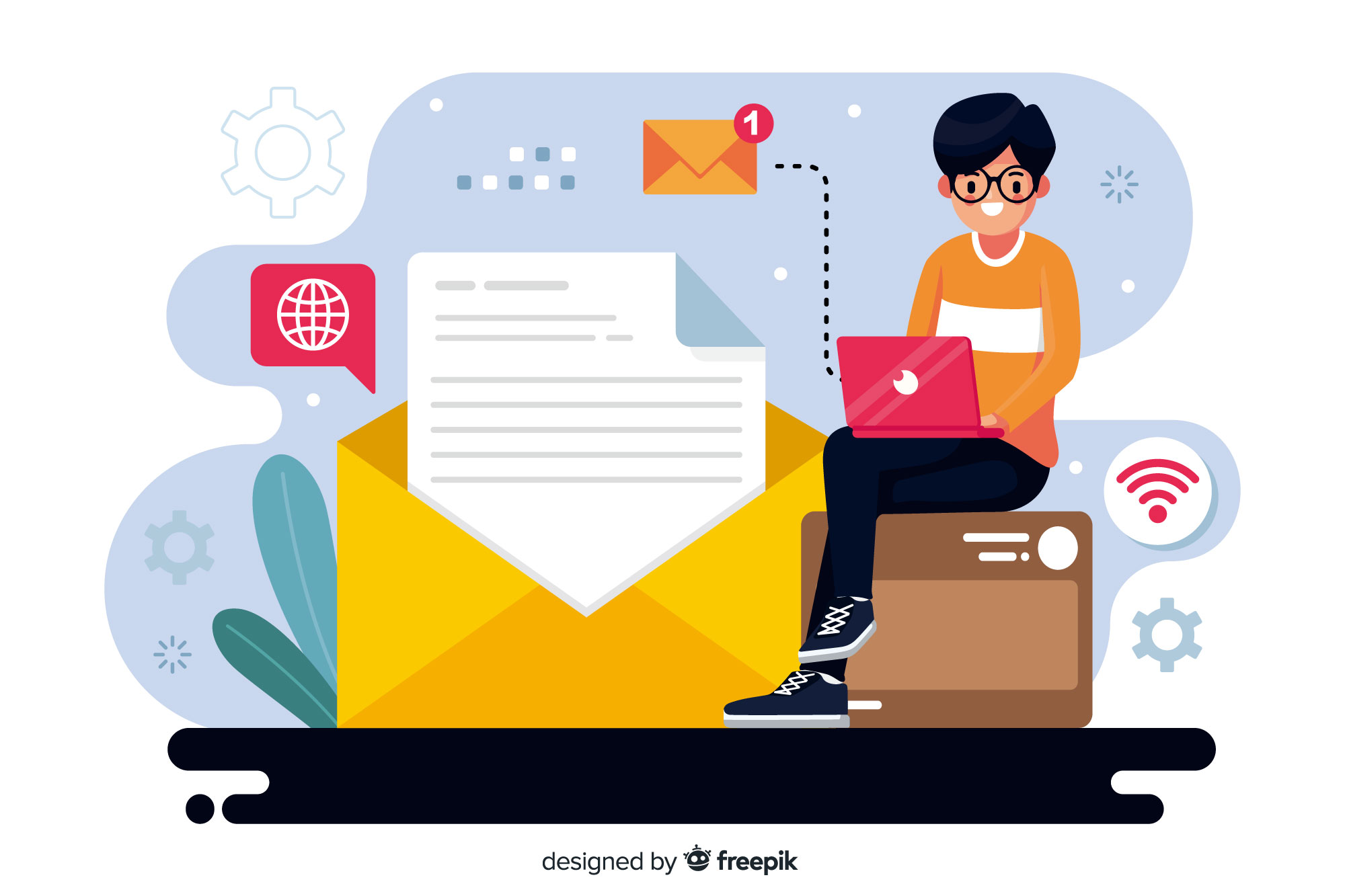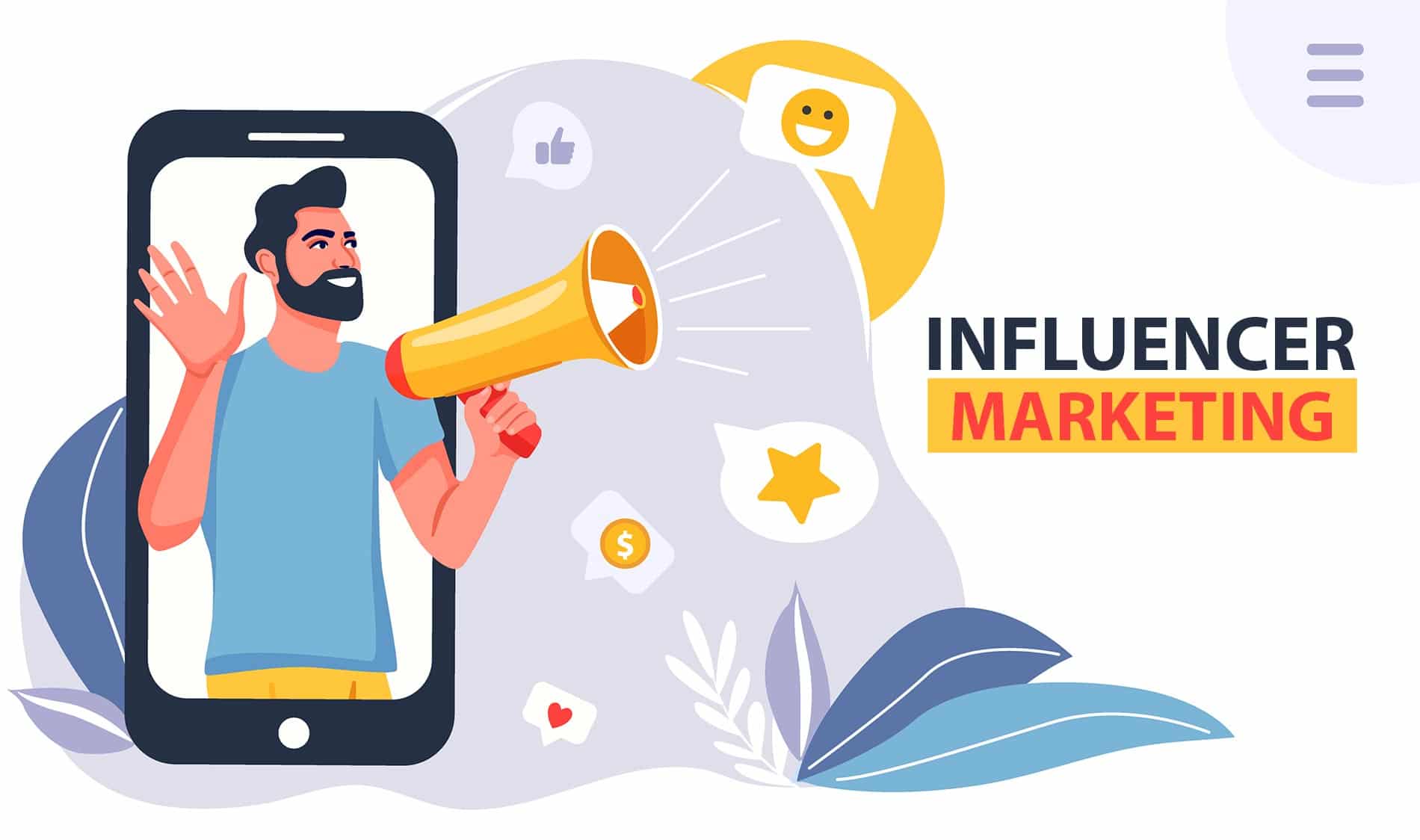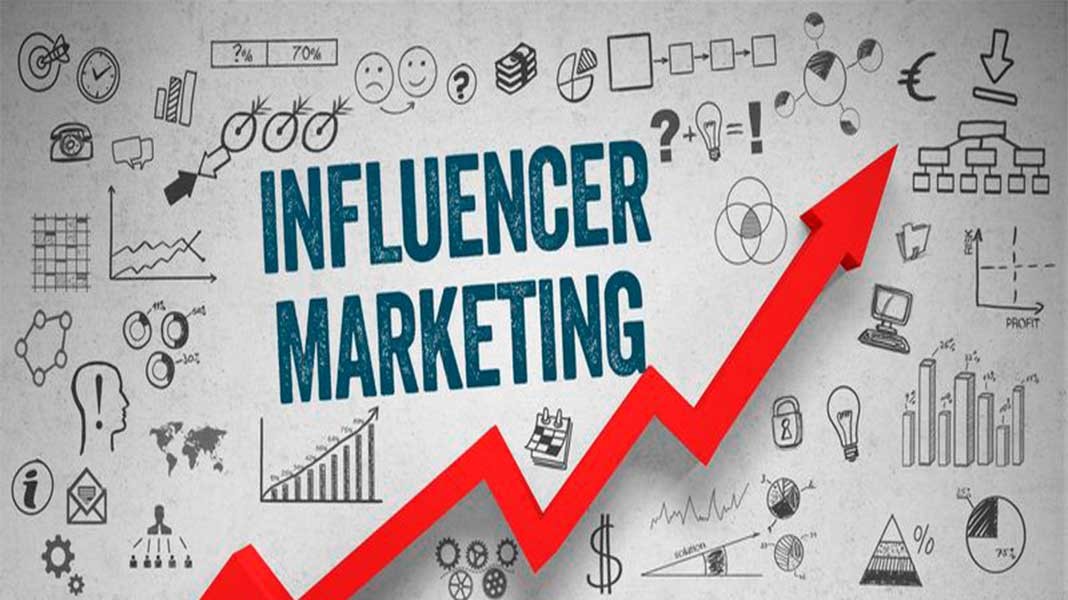Email Automation: Tools and Tips for Beginners
In today’s digital landscape, email marketing has evolved far beyond sending bulk messages manually. One of the most powerful upgrades to traditional email marketing is email automation. Whether you’re a small business owner, a startup marketer, or just stepping into the world of digital communication, understanding email automation can save you time, boost engagement, and improve conversions—without needing to be a tech expert.
What is Email Automation?
Email automation is the use of software to send emails to your audience based on specific triggers, behaviors, or schedules. Instead of manually writing and sending messages every time, you set up workflows that automatically deliver content at the right time.
For example:
- A welcome email is sent instantly when someone signs up.
- A cart abandonment reminder goes out if someone adds items but doesn’t complete a purchase.
- Birthday emails are delivered with special offers on a subscriber’s special day.
These interactions help you maintain regular contact without constantly managing emails yourself.
Benefits of Email Automation
- Saves Time: Once your workflow is set, it runs on its own, freeing you up to focus on other areas of your business.
- Improves Customer Experience: People get timely, relevant content instead of generic messages.
- Boosts Engagement and Sales: Automated emails often have higher open and click-through rates because they’re targeted and relevant.
- Scalable: Whether you have 100 or 10,000 subscribers, automation handles them all without extra work.
Best Email Automation Tools for Beginners
1. Mailchimp
One of the most popular platforms for beginners. Mailchimp provides drag-and-drop editors, pre-built automation workflows (like welcome emails), and a generous free plan for small lists.
2. ConvertKit
Ideal for creators and bloggers. It offers visual automation tools and customizable forms with minimal learning curve.
3. MailerLite
Affordable and beginner-friendly. It offers easy-to-use automation sequences, A/B testing, and landing pages.
4. Brevo (formerly Sendinblue)
A great option for those needing email and SMS marketing. It includes automation, CRM tools, and a solid free tier.
5. HubSpot
While better known as a CRM, HubSpot’s email automation tools are intuitive and integrate seamlessly with other marketing functions.
Email Automation Tips for Beginners
1. Start Small
Don’t feel like you need complex sequences from day one. Begin with basic workflows like:
- Welcome series
- Lead magnet delivery
- Thank you emails
- Re-engagement sequences
Once you’re comfortable, expand into more advanced setups.
2. Segment Your Audience
Grouping your contacts based on interests, behavior, or demographics ensures they receive content relevant to them. Even basic segmentation can significantly increase engagement.
3. Write for Humans
Automation can feel robotic if you’re not careful. Keep your tone friendly, personal, and conversational. Use first names, ask questions, and include helpful resources.
4. Use Clear Call-to-Actions (CTAs)
Every automated email should have a purpose. Whether it’s reading a blog, downloading a guide, or purchasing a product—make it obvious what the reader should do next.
5. Test and Tweak
Use A/B testing for subject lines, CTAs, and send times. What works for one audience might not work for another. Keep refining for better performance.
6. Monitor Metrics
Track open rates, click rates, bounce rates, and unsubscribes. These numbers give insights into what’s working and what needs adjustment.
7. Stay Compliant
Always include an unsubscribe link and respect GDPR/anti-spam regulations. Clean, ethical email practices build trust with your audience.
Common Email Automation Mistakes to Avoid
- Overloading Subscribers: Too many emails can feel spammy and lead to unsubscribes.
- Forgetting to Update Workflows: Set reminders to review your automation every few months.
- Neglecting Mobile Optimization: Many users read emails on their phones—make sure your designs are mobile-friendly.
- Ignoring Non-Openers: If someone hasn’t interacted in months, consider a re-engagement campaign or remove them from your list.
Final Thoughts
Email automation isn’t just a tool—it’s a strategy. When done right, it turns your email marketing into a smart, scalable system that builds relationships, drives revenue, and saves you countless hours. As a beginner, focus on simplicity, understand your audience, and use the right tools to get started. Over time, your confidence will grow, and so will your results.




